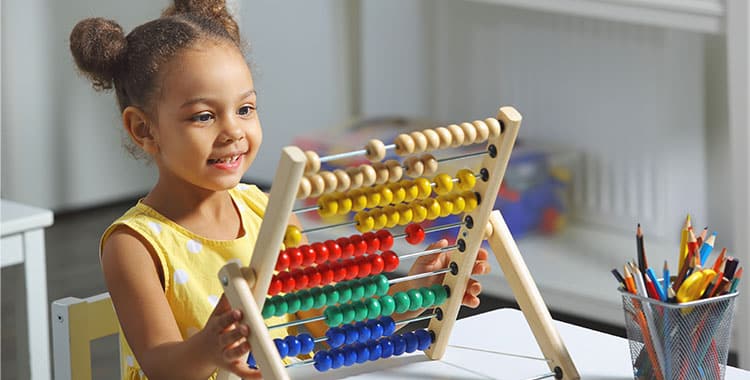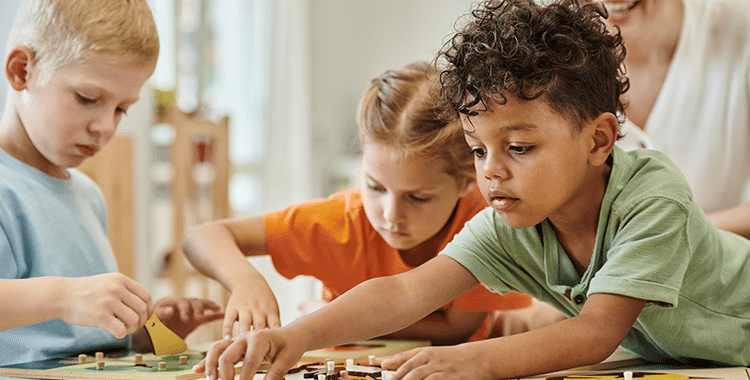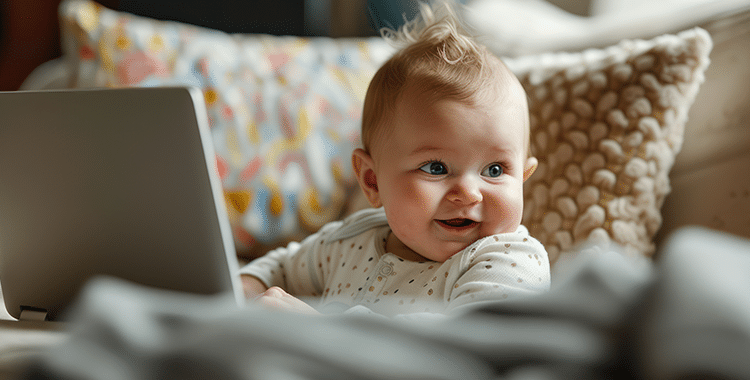Loose parts play: empowering the next generation of innovators
Young children are born researchers, driven to explore their world and intent on discovering what they can do with it. A vast selection of natural and synthetic loose parts in your indoor and outdoor environment can go a long way towards helping develop the minds of tomorrow’s creative, critical and innovative thinkers.
What are loose parts?
Laboratory-type environments where children can ‘experiment, enjoy and find out things for themselves’ are optimum learning environments, according to architect Simon Nicolson who coined the theory of loose parts in the early 1970s.
Loose parts are materials that children can move around, adapt, control, change, and manipulate in their play. They range from natural materials such as stones, twigs, shells, gravel, flowers, sand, or leaves to manufactured materials such as fabric, pallets, balls, buckets, guttering pipes, crates, boxes, rope, or tyres.
A ‘loose part’ is defined by its ability to be used in various ways—its ‘open-endedness’—rather than the material it is constructed out of, e.g., plastic or wood. For example, a cardboard box might become a space rocket, a tent, or a bus. An old computer keyboard might become the control panel for a spaceship or a drone.
In the lab
Loose-part play fosters the ability to ‘think outside the box’. The world’s greatest thinkers—scientists, engineers, artists, mathematicians, entrepreneurs, and architects—share key personality traits: the ability to think creatively and see multiple solutions to problems. The more opportunities children have to explore rich, open-ended resources in flexible learning environments, the greater the possibility of deep-level thinking.
As young researchers, they can discover the properties of water and materials, such as the bendy bristles on brush heads or the cool, smooth surface of the stainless steel soup spoon. They seek solutions to problems: how can I cross the puddle without getting wet?
When children start to consider the possibilities of different objects and use them in their play to represent something else—for example, turning a table upside down to become a boat—their higher academic functioning comes into play. This opens up new avenues of development.
Pile of junk
Loose-part play is about something other than dumping a load of materials into the middle of a room or outdoor area and letting the children get on with it. Staff and parents must be educated on the value of this form of play, and children should be introduced to the concept through small group sessions.
It takes an open mind—there can often be mess and mud, and children can leave behind what looks like a trail of destruction—but when children use materials and areas in creative ways, it is the adult’s responsibility to support and encourage their work and ideas.
Showing joy, awe, and wonder in the connections children make through loose-parts play will encourage them to ‘have a go’ and explore new possibilities, knowing that there is no right or wrong way to use the materials.
Being actively curious produces positive brain responses that contribute to healthy development. Enriched interactive environments and stimulating activities in early childhood empower children’s inventiveness and can pave the way for spontaneous creativity in later life.
Treasure chests
The beauty of creating rich, enabling environments that are ‘treasure chests of possibility’ is that they are cost-effective. Resources can be found, recycled or bought.
Ask local mechanics to donate old tyres, which can be rolled around, stacked up, sat in, hidden in, jumped in, filled up, used as planters or climbed on.
Ropes, used with adult supervision, are versatile resources used to walk on and balance, shake or wave around, or tie around trees or posts.
Construction sites may be willing to donate large plastic pipes with corrugated exteriors used to transport water underground. These are popular for rolling around, creating entrances to dens, crawling into, or used as planters.
Cable drums can be stacked, balanced, rolled, built with or used as tables. Attach old steering wheels to crates, boxes and fences for instant transport play. A bag of different-sized coloured fabric can be used for role play and dressing up to make dens and large-scale transient art. And carpet offcuts can become pathways. Small-scale loose parts, such as cotton reels, rattan balls, wooden blocks, corkscrews, shells, bottle tops and hollow bamboo offcuts, are great for sorting, counting and ordering – precursors for maths.
The possibilities are endless.

Nicole
Content Creator




